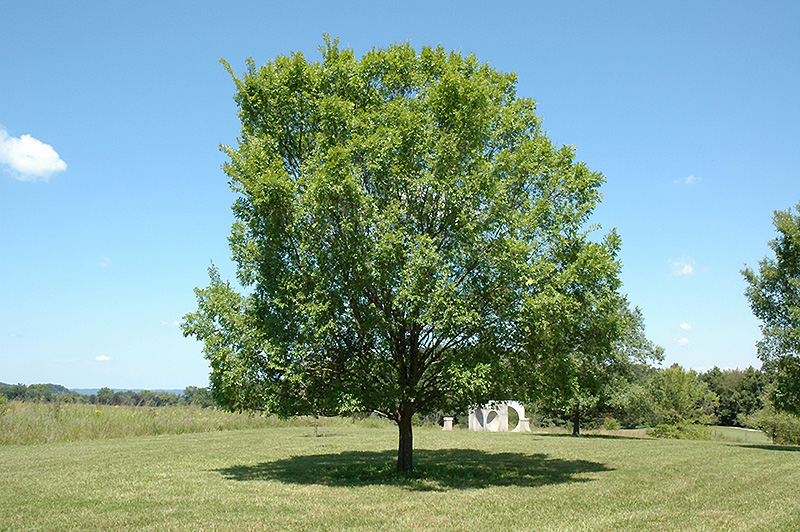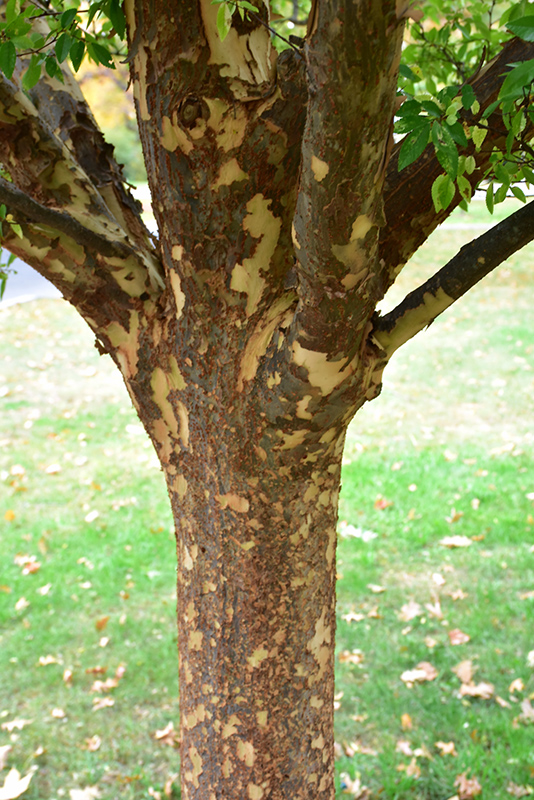>> Home
Height: 50 feet
Spread: 40 feet
Sunlight:
![]()
Hardiness Zone: 5a
Other Names: Chinese Elm
Description:
A magnificent shade tree for general landscape use, with an upright vase shape and stunning mottled bark in various colors, very noticeable in winter; highly resistant to Dutch elm disease; rapidly becoming one of the most popular trees
Ornamental Features
Lacebark Elm has dark green deciduous foliage on a tree with an upright spreading habit of growth. The small serrated pointy leaves turn an outstanding orange in the fall. The mottled brown bark is extremely showy and adds significant winter interest.
Landscape Attributes
Lacebark Elm is a deciduous tree with an upright spreading habit of growth. Its relatively fine texture sets it apart from other landscape plants with less refined foliage.
This is a relatively low maintenance tree, and is best pruned in late winter once the threat of extreme cold has passed. It has no significant negative characteristics.
Lacebark Elm is recommended for the following landscape applications;
- Shade
Planting & Growing
Lacebark Elm will grow to be about 50 feet tall at maturity, with a spread of 40 feet. It has a high canopy with a typical clearance of 7 feet from the ground, and should not be planted underneath power lines. As it matures, the lower branches of this tree can be strategically removed to create a high enough canopy to support unobstructed human traffic underneath. It grows at a fast rate, and under ideal conditions can be expected to live for 70 years or more.
This tree should only be grown in full sunlight. It is very adaptable to both dry and moist locations, and should do just fine under average home landscape conditions. It is not particular as to soil type or pH, and is able to handle environmental salt. It is highly tolerant of urban pollution and will even thrive in inner city environments. This species is not originally from North America.

